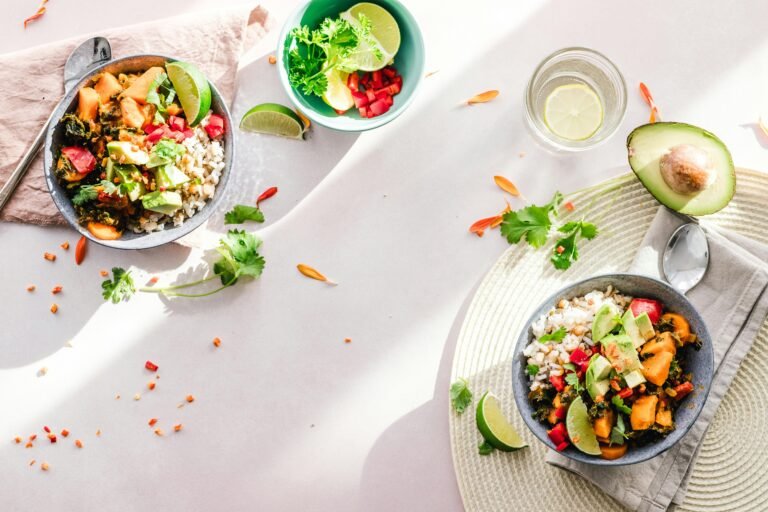You will finally know what you eat. I teach you how to read nutrition labeling
I am often insistent that we must read nutrition labeling, that we cannot be fooled by food marketing, and that nothing is what it seems. Well, for this reason, today I have decided to write about nutritional labeling, so that you know how to interpret it and you can be more critical when choosing your food.
Table of Contents
- 1 How to read nutrition labeling
- 1.1 List of ingredients
- 1.2 Nutritional table
How to read nutrition labeling
So as not to get bored with rules and regulations, explain what should or should not be included and how far they are required to declare, I am going to be much more practical and simple and I am going to focus on two fundamental parts of the labeling: the list of ingredients and the table nutritional.
List of ingredients
In the list of ingredients all the ingredients that the food contains must appear, in descending order of the amount it contains (this means that the ingredient that appears first is in greater quantity than the following and so on until the one that is in less quantity ).
In addition, the ingredients that can cause allergies should be highlighted (either underlined, in bold or in larger type).

Here you can see highlighted the words wheat, milk, egg and soy.
Nutritional table
Let’s go with the nutritional table. As a rule, it is expressed per 100 grams of product in order to compare with other products, but there are some that also offer us the amounts of nutrients per serving. What I will explain will be per 100 g of product.
Several items appear in the table:
-
Calories
We have to take into account 2 parameters: that the average calories for a healthy adult of about 70 kg are between 1500 kcal (women) and 2000 kcal (men) and that their distribution should be approximately:
Therefore, depending on what intake we are doing, we will know if it corresponds to the amount that it should.
-
Fats
The most important thing is to look at the quality of the fats, being in descending order of quality: extra virgin olive oil, olive oil or high oleic sunflower oil, refined vegetable fats from seeds, coconut or palm oil (the fat of coconut is healthy only if it is not refined, we will not find it in a processed product) and finally and therefore the worst, hydrogenated or partially hydrogenated fats.
Regarding the amount we must know that:
Amount of total fat
High content: 20 g or more of total fat per 100 grams.
Moderate content: between 3 and 20 g of total fat per 100 grams.
Low content: 3 g or less of total fat per 100 grams.
Amount of saturated fat
High content: 5 g or more of saturated fat per 100 grams.
Moderate content: between 1 and 5 g of saturated fat per 100 grams.
Low content: 1 g or less of saturated fat per 100 grams.
-
Carbohydrates
As long as they are complex hydrates there is no problem. But it is in this section where they specify the amount of which are simple sugar that of “of which sugars”. And these can be natural or added. If they are added, they will appear in the list of ingredients under one of their names: sugar, sucrose, glucose, dextrose, “syrup of”, “syrup of”, “molasses of”, sucrose or maltose would be the most common. And the higher it is on the ingredient list, the more it carries. Be that as it may, the less sugar the better. And if it is added, I will not tell you.
Therefore it is important to know:
High content: 10 g or more of sugar per 100 grams.
Moderate content: between 2 and 10 g of sugar per 100 grams.
Low content: 2 g or less of sugar per 100 grams.
-
Protein
The recommended daily protein intake is 0.8 g per kg of body weight per day, which would be equivalent to about 60 g of protein per day.
-
Salt
It is important to differentiate between salt and sodium, since it has nothing to do with it.
About salt or sodium content
High content: 1.25 g of salt or more per 100 grams / 0.5 g of sodium or more per 100 grams.
Low content: 0.25 g of salt or less per 100 grams / 0.1 g of sodium or less per 100 grams.
-
Fiber
Here I want to take the opportunity to make a note about integrals. A product is integral exclusively if it contains only “whole wheat flour” (whatever cereal it is) or “whole grain flour” and no refined flour, if it contains several flours it should indicate the percentage of each. Anything that does not meet that requirement is not. Neither the “rich in fiber”, nor the cereals and brown breads, nor “with five cereals”. As for the amount, about 25-30 g of fiber per day is recommended in the total set of the diet of course. Here you have an example of a product that claims to be comprehensive, but is not really:
-
Vitamins and minerals
There are few foods that specify their amount, except those that are rich in some vitamin or mineral or are enriched in them. Usually if specified by the breakfast cereals. However, we must be careful, since many times they use this to sell us food and it is not so rich in what they declare.
The most useful and simple advice once again is to eat fruits, vegetables, nuts, cereals, legumes and everything that comes from the earth, the less processed the better and healthier and fewer labels to read.




















+ There are no comments
Add yours